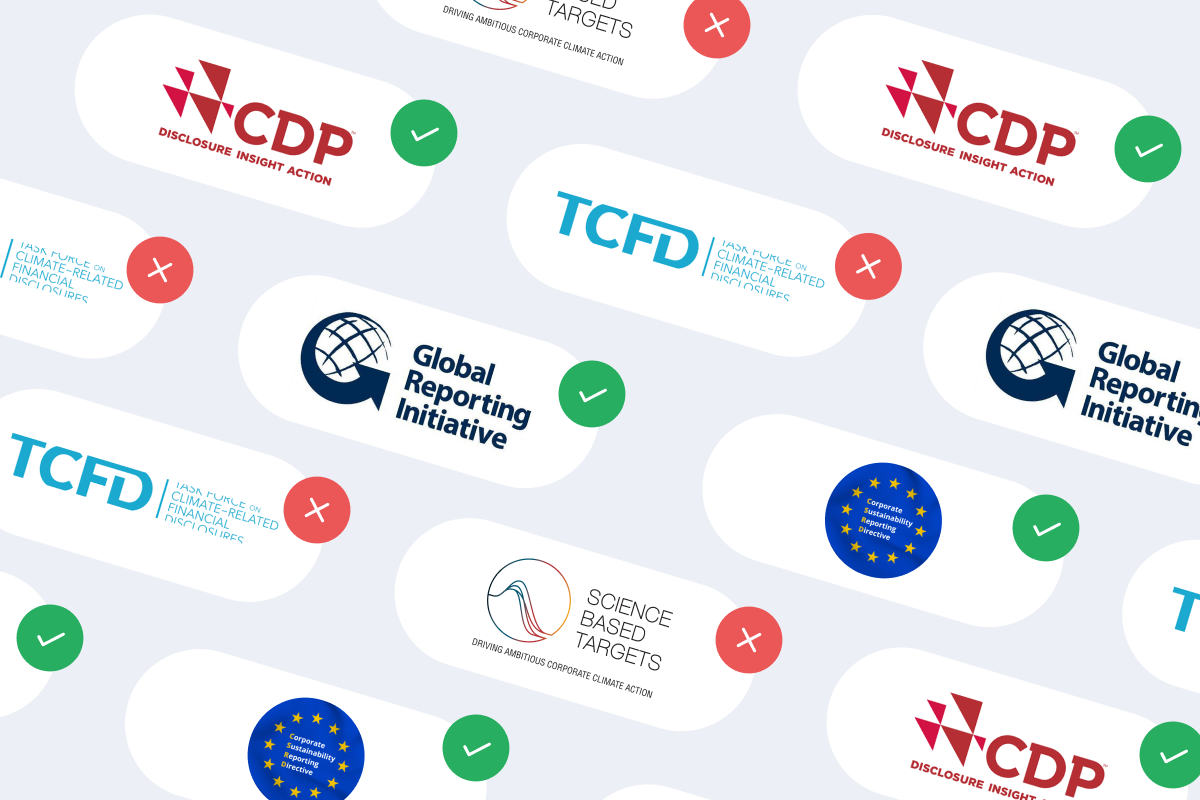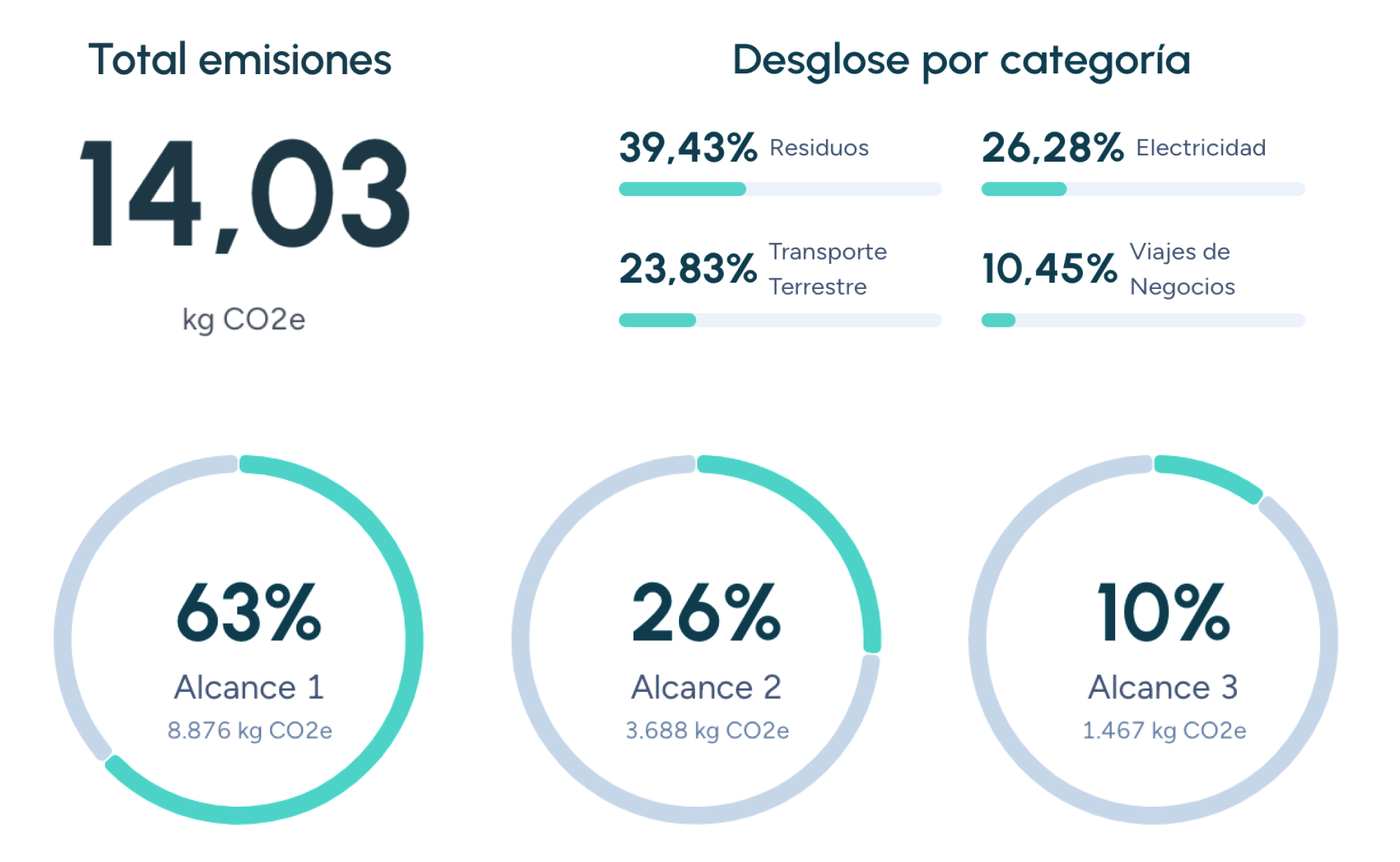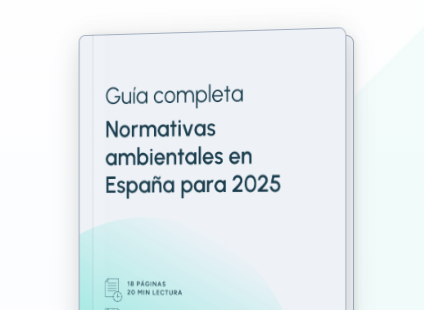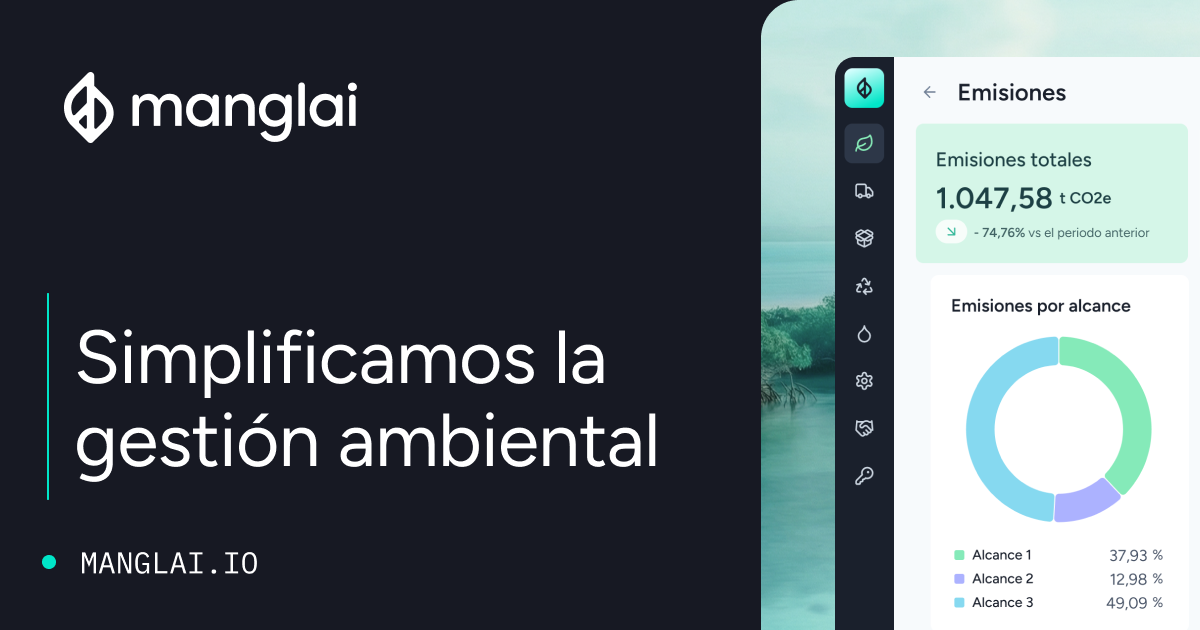Back to the blog
Product carbon footprint
Real Decreto 1055/2022: Key aspects of EPR for commercial and industrial packaging in Spain
Carolina Skarupa
Product Carbon Footprint Analyst
Discover how to comply with Real Decreto 1055/2022 and apply Extended Producer Responsibility (EPR) to commercial and industrial packaging to enhance sustainability.
The approval of Real Decreto 1055/2022 on packaging and packaging waste has completely reshaped Spain’s environmental responsibility framework.
This regulation, which develops the principles of Extended Producer Responsibility (EPR), requires manufacturers, importers and distributors to assume full responsibility for the management of the packaging they place on the market — including commercial and industrial packaging, which had traditionally fallen outside the regulatory scope.
Far from being a bureaucratic burden, the new EPR model represents a strategic opportunity: it drives supply chain efficiency, improves material traceability and strengthens corporate environmental reputation among customers, investors and public authorities.
This article explains the key elements of Real Decreto 1055/2022, how to adapt to its requirements and why compliance can become a competitive advantage in both Spanish and European markets.
What is Extended Producer Responsibility (EPR)?
Extended Producer Responsibility (EPR) is a European environmental principle that shifts waste management responsibility from consumers to producers. This means that companies must finance, organise and ensure the collection, treatment and recycling of the packaging they place on the market, as well as report data on its composition and end-of-life destination.
Until 2022, these obligations focused mainly on household packaging managed through collective systems such as ECOEMBES.
Real Decreto 1055/2022 expands this scope to include commercial and industrial packaging, with direct implications for sectors such as logistics, food, retail and manufacturing.
Objectives of Real Decreto 1055/2022
Real Decreto pursues several objectives aligned with the European Circular Economy Strategy and the EU Green Deal.
1. Reducing the consumption of virgin materials and promoting reuse
The regulation accelerates the transition towards reusable and recycled packaging, setting concrete targets for waste reduction and minimum recycled content.
Companies must rethink their packaging design, prioritise secondary materials and explore new logistics models that extend packaging lifespan.
The result: lower dependency on virgin resources, reduced procurement costs and a significant cut in the carbon footprint.
2. Increasing recycling and recovery rates for industrial packaging
One of Spain’s long-standing challenges has been the lack of control over commercial and industrial packaging. RD 1055/2022 addresses this gap by explicitly including them in the EPR system and establishing mandatory selective collection and traceability mechanisms.
This ensures that recovered materials re-enter the production cycle, creating new economic opportunities in recycling, logistics and reverse supply chains.
3. Preventing waste generation through ecodesign
Ecodesign lies at the heart of the regulation — the best waste is the one that is never produced. The decree promotes optimised packaging formats, reduced weight, mono-materials and the elimination of non-recyclable components.
Companies that apply ecodesign principles from the conceptual phase reduce logistics costs, minimise waste and strengthen their innovation capacity.
Check out our article on the Environmental Product Declaration (EPD): what it is and why it can determine a tender outcome.
4. Ensuring traceability and transparency across the value chain
RD 1055/2022 introduces strict requirements for registration, reporting and verification to track the destination of every package placed on the market.
This traceability offers a dual benefit: stronger environmental oversight for authorities and valuable data for companies to improve internal efficiency.
Transparency in material use and treatment has become a key reputational factor for brands facing growing demands from investors and customers for verified environmental data.
Who must comply with EPR and what is its scope of application?
The decree applies to all companies that manufacture, import, package or market products in any type of packaging; plastic, metal, cardboard or glass.
This includes both domestic producers and EU operators that export to Spain.
Commercial and industrial packaging (such as drums, pallets, transport crates or shrink film) are now explicitly covered by the regulation.
In general, any company placing packaging on the Spanish market must register as a producer, meet information obligations and join either an individual or collective EPR system.
To learn more about how EPR affects carbon footprint management, see our article on what a product carbon footprint is and how it’s measured.
How to comply with EPR: individual and collective systems
RD 1055/2022 establishes two main compliance routes:
1. Individual EPR system
The producer independently organises and finances the collection and treatment of its packaging.
This system requires full traceability of waste flows and the submission of annual reports to the competent authority. It is generally chosen by large industrial manufacturers with complete control over their reverse logistics.
2. Collective EPR system (SCRAP)
Companies may join collective producer responsibility systems (SCRAP), which group multiple producers to jointly manage their packaging obligations.
Authorised SCRAPs — such as Envalora or ECOEMBES, depending on the packaging type — handle collection, recycling and legal compliance, simplifying management and reducing costs.
Each company must register in the Product Producer Register (RPP) and declare the quantity and type of packaging placed on the market annually.
New obligations for commercial and industrial packaging
RD 1055/2022 introduces a major change: non-domestic packaging — including cardboard boxes, reusable pallets, metal drums, plastic film and other logistics packaging — is now subject to EPR rules.
The main obligations include:
- Mandatory registration in the RPP before marketing products in Spain.
- Financial responsibility for the treatment and recycling of packaging.
- Annual declarations detailing weight, material, recyclability and end-of-life destination.
- Incorporation of recycled materials in new packaging, in line with EU targets.
- Packaging design based on reuse and recyclability, following ecodesign principles.
Failure to comply may result in significant penalties, but early adaptation brings operational efficiency and a stronger environmental image.
Ecodesign: the core of competitiveness under EPR
EPR compliance goes beyond waste management — it requires rethinking packaging design itself.
Ecodesign becomes a strategic tool to reduce costs and emissions, extend material lifespan and enhance circularity.
An effective ecodesign strategy should include:
- Reduction of packaging weight and volume.
- Use of recycled or biodegradable materials.
- Implementation of return and reuse systems within logistics chains.
- Optimisation of transport and storage to minimise the carbon footprint.
By integrating these principles, companies improve both environmental performance and profitability, turning packaging costs into a strategic business variable.
How to prepare your company for RD 1055/2022
Adapting to EPR requires a cross-functional approach combining environmental management, logistics, ecodesign and regulatory compliance.
It’s not just about paperwork — it’s about rethinking the entire operational model through sustainability and traceability.
Key steps include:
1. Identify all packaging used throughout the product lifecycle
Conduct a comprehensive inventory of all packaging types involved in your value chain — from primary product packaging to secondary and transport packaging.
This helps detect critical waste generation points and identify opportunities for redesign or reuse.
2. Analyse material flows and calculate market volumes
Quantify the weight, volume and composition of packaging materials.
This data forms the basis of the annual packaging report required under RD 1055/2022 and supports the establishment of circularity and material footprint indicators.
3. Register in the RPP and select the most suitable EPR system
The Product Producer Register is the official gateway for compliance.
After registration, companies must decide between managing EPR individually or joining a collective SCRAP. The choice depends on the company’s size, packaging volume and logistics capabilities.
4. Develop an internal communication and coordination plan
EPR compliance involves multiple departments — procurement, production, quality, sustainability and logistics.
A structured communication plan facilitates data collection, staff awareness and cross-departmental collaboration, ensuring consistent and long-term compliance.
5. Integrate packaging data into ESG reporting and sustainability strategy
Packaging and waste indicators should be integrated into the company’s ESG reporting, reinforcing alignment between legal compliance and corporate transparency.
EPR metrics can also feed into international sustainability frameworks such as GRI or CSRD.
Strategic benefits of EPR for companies
Complying with Royal Decree 1055/2022 is not merely a legal requirement — it’s an opportunity to enhance competitiveness, efficiency and reputation.
Businesses that adopt EPR proactively turn regulatory compliance into a driver of innovation and long-term value.
1. Optimised material and logistics costs
Applying ecodesign and reuse criteria reduces raw material and packaging consumption while improving transport and storage efficiency.
In the long term, this leads to sustainable operational savings and greater resilience against material cost volatility.
2. Enhanced transparency and traceability
EPR requires complete reporting and verification of packaging flows, providing unprecedented visibility over material use.
This not only supports compliance but also strengthens supplier control and environmental risk management.
3. Access to sustainable tenders and funding
Public administrations and major corporations increasingly prioritise suppliers that demonstrate verified circular economy practices.
Having an implemented and documented EPR system can improve scoring in public tenders and unlock access to EU or national green funding.
4. Stronger positioning with investors and B2B clients
Demonstrating EPR compliance boosts credibility with investors, ESG auditors and large clients.
It signals alignment with the EU Green Taxonomy, reinforcing the company’s environmental and governance credentials.
5. Reinforced reputation as a responsible and circular business
Proactive EPR adoption projects an image of environmental leadership and long-term vision.
Brands that embed circularity into their core strategy not only attract conscious consumers but also talent and partners aligned with their values.
Real Decreto 1055/2022: A regulation to comply, transform and lead
Royal Decree 1055/2022 marks a turning point in Spain’s packaging management system.
Companies that act proactively — redesigning packaging, adapting logistics and communicating transparently — don’t just comply with the law: they build measurable, sustainable competitive advantage aligned with the future circular economy.
In a market where environmental performance directly influences purchasing, investment and reputation, EPR becomes an instrument of corporate leadership, not just compliance.
FAQs about Real Decreto 1055/2022 and EPR
When did RD 1055/2022 enter into force?
It has been in force since December 2022, with key obligations such as RPP registration and annual declarations gradually implemented from 2023.
Does it affect all companies equally?
Yes, although requirements vary depending on packaging type and production volume. SMEs can join collective systems to simplify compliance.
What happens if a company fails to comply?
Non-compliance can lead to administrative sanctions and exclusion from public procurement opportunities.
How is EPR linked to the circular economy?
EPR is the mechanism that operationalises circularity in the packaging sector by promoting ecodesign, reuse and recycling.
How does EPR integrate with sustainability reporting?
Packaging and waste data can be included in ESG and sustainability reports, providing traceability and verifiable compliance.
Carolina Skarupa
Product Carbon Footprint Analyst
About the author
Graduated in Industrial Engineering and Management from the Karlsruhe Institute of Technology, with a master’s degree in Environmental Management and Conservation from the University of Cádiz. I'm a Product Carbon Footprint Analyst at Manglai, advising clients on measuring their carbon footprint. I specialize in developing programs aimed at the Sustainable Development Goals for companies. My commitment to environmental preservation is key to the implementation of action plans within the corporate sector.
Content
Companies that trust us
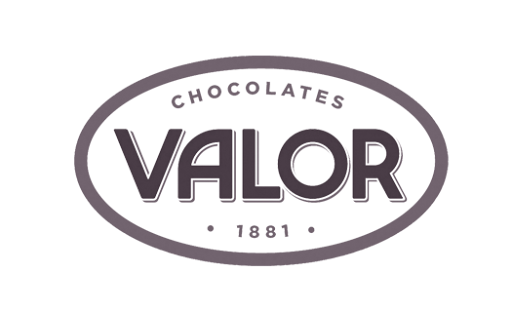
Direct vs. Indirect Environmental Impact in Environmental Analysis: What’s the Difference?
Understand the distinction between direct and indirect impact in environmental analysis.
16 July, 2025
Environmental Transparency in Products: How to Communicate Sustainability for Responsible Consumption
Learn how product transparency drives sustainability and informed choice.
14 July, 2025
Strategic Environmental Assessment (SEA): Why it is Essential for Sustainable Planning?
Explore how Strategic Environmental Assessment guides public decisions with ecological responsibility.
09 July, 2025
Guiding businesses towards net-zero emissions through AI-driven solutions.
© 2025 Manglai. All rights reserved
Política de Privacidad